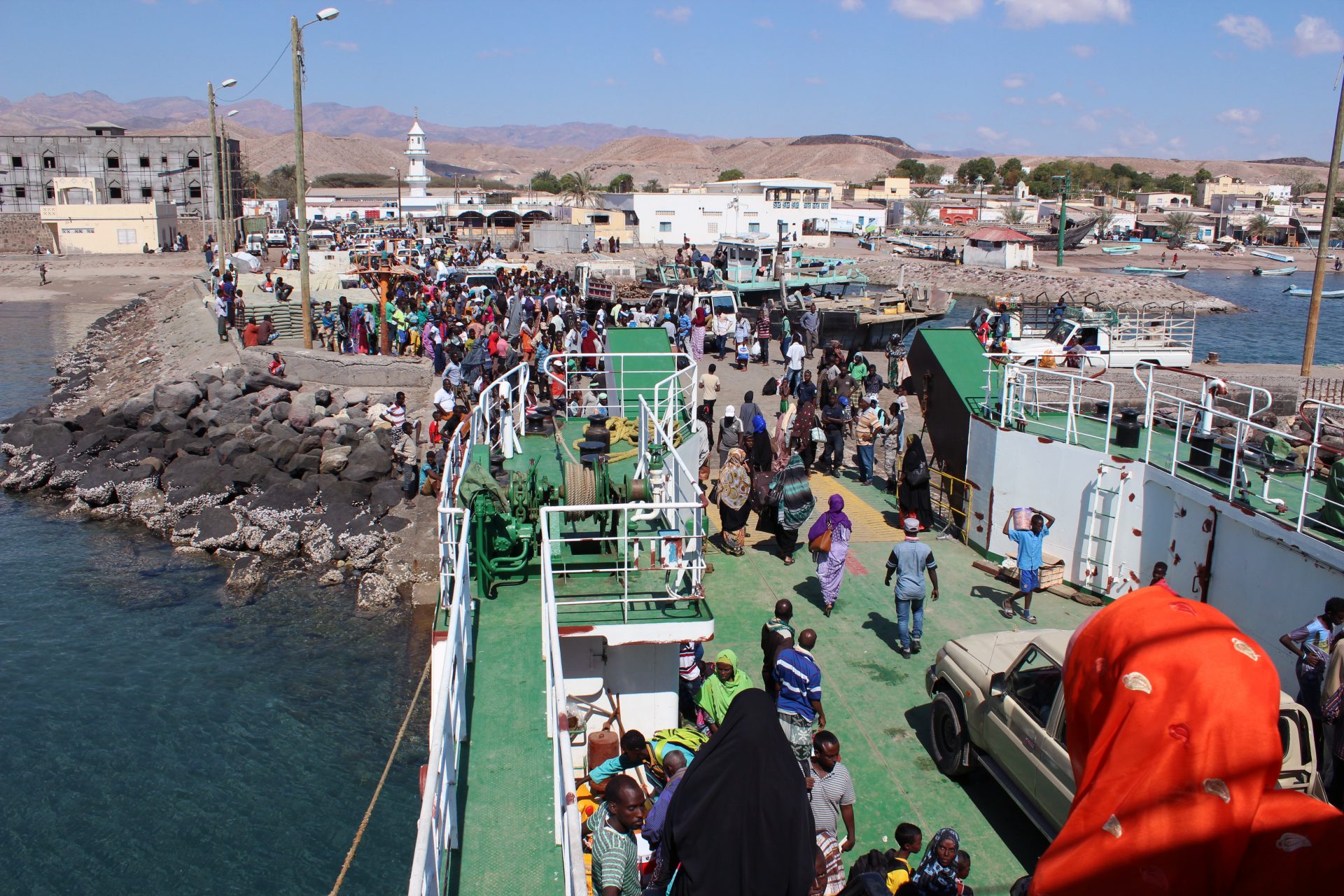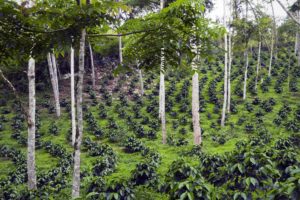The Sustainable Textile Initiative (STWI) focuses on resource efficiency in the fashion textile industry, to reduce the negative impacts of emissions from energy, chemicals, greenhouse gases and water. The original network consisted of Scandinavian brands and led to impressive gains.
The fashion industry is the world’s third-largest manufacturing sector and plays an important role for economic development, particularly in low-income countries. But the impact on the environment is significant. To address this, a multi-stakeholder platform for Swedish fashion brands was established.
The brands engaged their suppliers to improve resource efficiency and reduce negative impacts. The co-created methodology turned out to be very effective – 80 million kWh was saved and 11 million m3 water, which equals the daily need for 220 million people. Furthermore, the project reduced greenhouse gas emissions by 460,000 tons.
The challenge
Fast fashion comes with a hidden price tag paid by the environment and local communities in low-income production countries:
- Every year, 93 billion cubic metres of water are used to produce clothes, enough to meet the consumption needs of 5 billion people.
- Around 20 per cent of the world’s wastewater comes from the dyeing and treatment of textile.
- The fashion industry generates 10 per cent of global carbon emissions, which is more than international flights and shipping combined.
The problem is rapidly growing, mirroring the fact that global production of garments has doubled since the year 2000. But progressive brands can significantly reduce their impact; the methodology developed by the participants in the STWI multi-stakeholder platform is a good place to start. The participating brands managed to drastically reduce their water consumption, pollution, and carbon emissions. We are now looking at new ways to address this important issue.
Read more about the environmental impact of the garment industry on the World Bank’s website














